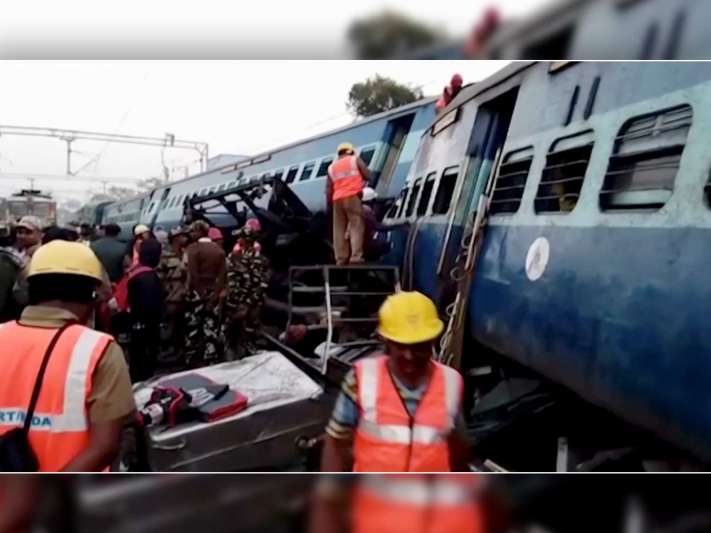

Loss of Evidence Railway Accidents
Railway Minister Suresh Prabhu has called for a deployment of drones at railway accident sites to prevent losing on crucial evidence in these cases. The Railway Board though has expressed concern that the procedures that are put down in the accident manual and disaster management plan were not followed in some zones.
Referring to recent train accidents, they pointed out that the relevant information regarding these wasn’t being put forward in a systematic manner, resulting in loss of information. The failure of updating an event log book at the accident site has resulted in the emergency cell not providing updates in a periodical manner.
While the duties and responsibilities of safety officers at divisional and headquarter levels were well defined in the Standard Operating Procedure, instructions had also been given for launch of a Public Information Module in Safety Information Management System (SIMS), helping enable people to access helpline numbers, details of injured passengers, rescue/relief arrangements and more.
On the instructions of the Railway Minister, the board has sent a note to all zones regarding accident relief and disaster management. It is stated in the note that “the basic purpose of an accident inquiry is to pinpoint the cause of failure — be it material, technological, staff or others. Unfortunately, rescue and restoration work, which essentially involves railway officials, tend to compromise if not destroy evidence.”
In the devastating accident at Pukhrayan near Patna on November 20 last year, 140 lives were lost. Another accident that claimed lives was the derailment of an express train at Rura that claimed 60 lives. In both cases, the relevant details in the Public Information Module was not updated by the Zonal Railway. The East Coast Railway has also failed to provide details of the accident in the Waltair Division that took place in January this year.
The Comptroller and Auditor General Report of 2016 was clearly critical of the disaster management practices employed by the railways, related to the training of frontline staff, doctors and paramedics. The report pointed out that only 25% of the frontline staff, 40% of the doctors and 37% of the paramedics they employed were trained in disaster management.
Listing out various duties in the event of an accident, the board has directed that the Divisional Safety Officer rush to the site, taking along safety counsellors. He/she is also to further talk to the guard or locopilot to get a grip on the sequence of events and assess the extent of damage caused. The board has directed the officials to be vigilant in terms of preserving evidence that could be the probable cause of accident. Stress was put upon the fact that arranging live feed through VSAT, collecting aerial visuals of the accident zone and uploading the same to emergency control in such situations was crucial.
This post was last modified on 06/04/2017 1:27 pm
The search for new activities and experiences never ends. It's undoubtedly exciting to have one's…
The death of an 11-year-old girl near a church in Kancharapalem, Visakhapatnam, on the night…
Visakhapatnam district is set to see a major new development aimed at empowering the differently-abled…
A gruesome double murder in Rajeev Nagar, Ward 86, Visakhapatnam, was reported on 26 April…
For one born in Vizag or any Telugu city, there comes a time after primary…
As the weekend approaches, the yearning for rest and relaxation grows. With summer temperatures soaring,…
Leave a Comment